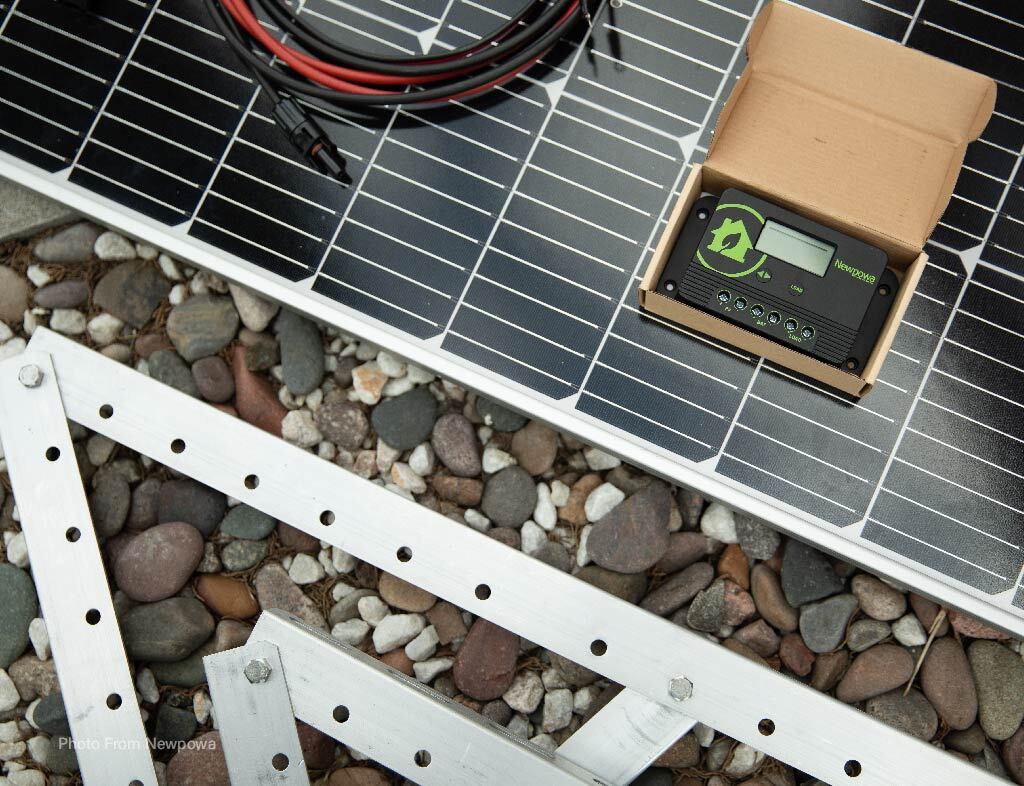UNDERSTANDING THE TRUE LIFESPAN OF OFF-GRID SOLAR COMPONENTS
12th Nov 2025
The lifespan of an off-grid solar system is one of the most common questions for those living independently from the grid. Knowing how each component ages and how to maintain it can keep your system running smoothly for decades. While solar technology is designed for durability, each part of the setup has its own aging process and maintenance needs that determine overall longevity.

Solar panels themselves are the most enduring part of an off-grid system. Most quality panels can produce usable power for 25 years or more, though their efficiency gradually decreases over time. After the first decade or two, it’s normal to see output drop by a small percentage each year, but panels rarely stop functioning entirely. Dust, debris, or shading can accelerate wear, so keeping panels clean and properly angled can extend their effective lifespan.
Charge controllers, which regulate the flow of power from panels to batteries, typically last around 10 to 15 years. Their lifespan largely depends on environmental conditions, as controllers exposed to high humidity, heat, or dust may degrade faster. Ensuring adequate ventilation and avoiding overloading the system helps prevent premature failure. Similarly, inverters, which convert DC to AC power, generally operate efficiently for about 10 years, though high-quality models can last longer if kept cool and used within their rated capacity. Regularly checking wiring connections and avoiding high electrical surges also helps extend inverter life.
Batteries are the most sensitive and frequently replaced part of an off-grid system. Lifespan varies widely by type, with lead-acid batteries typically lasting 3 to 7 years, while lithium batteries can often reach 10 to 15 years with proper care. Depth of discharge is a key factor: the deeper a battery is drained regularly, the shorter its lifespan. Maintaining moderate charge levels, protecting batteries from extreme temperatures, and inspecting terminals for corrosion all contribute to longer performance.
Good maintenance habits across all components can greatly extend system life. Routine inspections, cleaning terminals, tightening cable connections, and monitoring voltage or output levels can prevent small issues from turning into costly failures. Environmental protection is equally important, as keeping electronics shielded from moisture and direct sun exposure helps reduce long-term stress on components.
Eventually, even with ideal care, every system part will reach a point where replacement is the smarter choice. Signs like frequent inverter resets, reduced battery capacity, or noticeable drops in energy production indicate it’s time to upgrade. Newer technology can often deliver more efficient power conversion, higher storage density, and smarter monitoring features, making upgrades a practical investment rather than a repair expense.

An off-grid solar system is designed for the long haul, but like any reliable setup, it thrives on attention and upkeep. Knowing how each component ages and how to care for it ensures consistent and dependable power for years to come.
